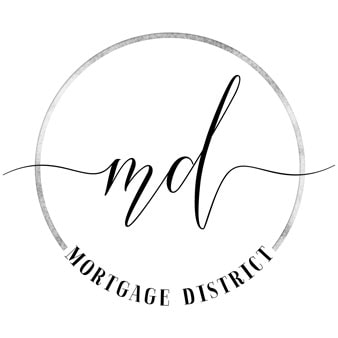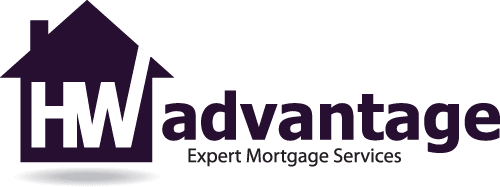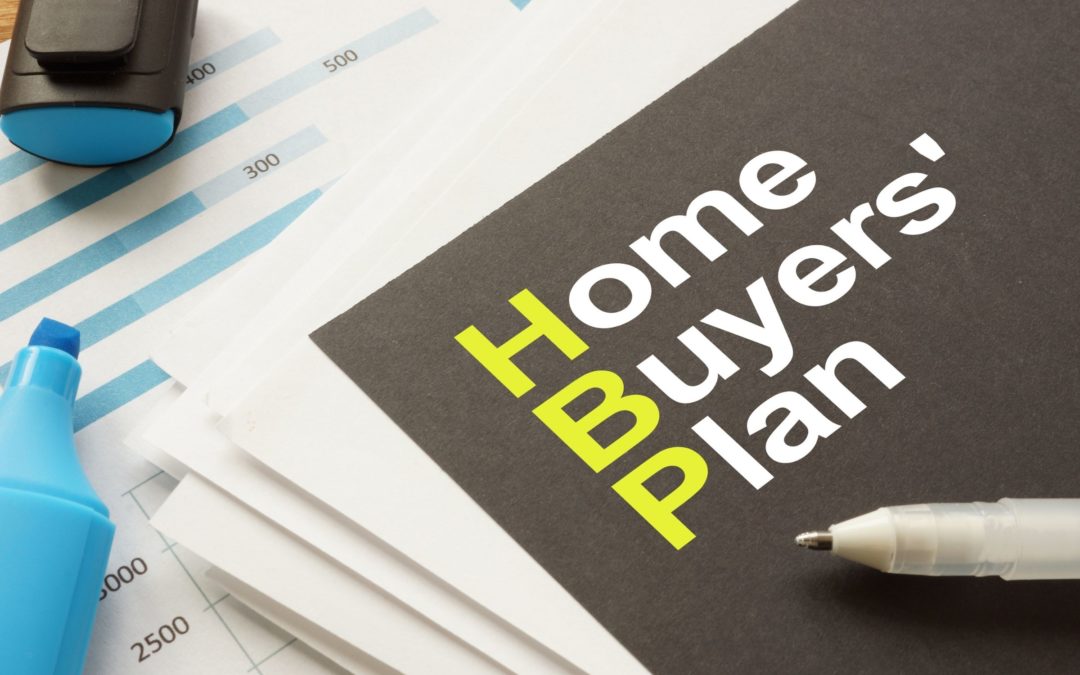Saving up money for a down payment is not easy for some prospective homebuyers. Rising home prices and tight mortgage qualification rules don’t help. On a home with a sale price of over $1 million, you’ll need to put 20% down to get a mortgage from a regulated mortgage lender like your bank. To come up with the money, buyers often look to various sources, including family and their own savings. The CRA’s Home Buyers’ Plan lets buyers access some of the savings they may already have in registered retirement savings plans (RRSPs). Under the Home Buyers’ Plan, you can borrow up to $35,000 from an RRSP to use towards your down payment on a home. Here’s how it works.
The money you contribute to your RRSP is tax-deductible at the time you contribute. An accountant can explain it in much greater detail, but here goes – the money contributed to an RRSP has not yet been taxed by the CRA. If you decide to withdraw it before your retirement – say to fund your down payment – you could face a large tax bill.
The Home Buyers’ plan lets you withdraw money from your RRSP without being taxed – provided you pay it all back within 15 years. So, the Home Buyers’ Plan gives you the flexibility to use some of your savings, tax-free, when you need it to purchase your home.
For First Time Buyers
To qualify for the Home Buyer’s Plan, you must either be a first-time buyer or have fully repaid a previous withdrawal under the plan. When purchasing a home with a spouse or partner, one or both of you can take advantage of the Home Buyers’ Plan. That means together, you can fund up to $70,000 of your down payment from your RRSPs. Nice, right?
Repaying the Home Buyer’s Plan
For some people, paying back money from your own savings doesn’t make sense. Think of it this way – RRSP contributions are made with money that has not been taxed. It’s labelled as income destined for your future with the intent that you’ll pay the tax later. So if you withdraw money before retirement to use towards your down payment, you’ll need to either pay it back or pay the income tax.
Repayment under the Home Buyers’ Plan works by dividing the amount you withdrew by the 15 years you have to pay it back. Each year, you’ll purchase an RRSP eligible investment for at least that 1/15th amount. Then, designate the contribution as a Home Buyers’ Plan repayment on your tax return.
In simpler terms, when using the Home Buyers’ Plan, you must be prepared to repay a portion of the borrowed amount back each year. You cannot add the borrowed amount to your mortgage, and it’s totally up to you to manage the repayment. If you forget or fail to make the appropriate contribution before each year’s tax deadline, the CRA will charge tax on that amount.
Benefits of the Home Buyers Plan
The Home Buyers’ Plan has some great benefits. You won’t need to choose between saving for a home and possibly benefiting your tax situation or saving for retirement. The money is easily accessible, you have plenty of time to repay it, and the money is interest-free. However, that doesn’t mean that there are no costs at all.
Cons of the Home Buyers’ Plan
RRSPs are valuable because your retirement savings are allowed to grow tax-free, unlike some other non-RRSP investments. When you use RRSPs for a downpayment under the Home Buyers’ Plan, you’ll lose out on that growth, especially if you take the full 15 years to repay it. However, your home is likely to appreciate in value during that time, perhaps even more than your investments would!
Talk to your tax accountant to learn more about contributing to and withdrawing from your RRSPs. But as you make plans to buy a home, talk to a mortgage broker who can help you determine how much you need for a down payment and some of the options available for funding it.


